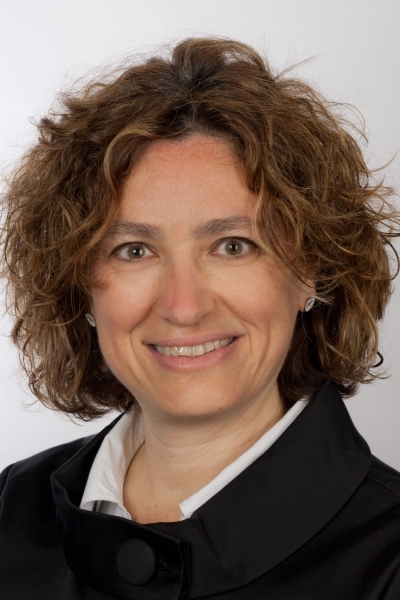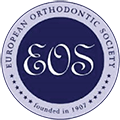
Carlalberta Verna, Switzerland
Curriculum vitae
Professor Verna has been Professor and Chair of the Department of Orthodontics and Pediatric Dentistry at the University Centre for Dental Medicine in Basel, Switzerland since 2013. She obtained her dental degree from the University of Ferrara, Italy, where she also obtained her doctoral thesis in 1989. She completed a PhD at the University of Florence, Italy in 1996, in collaboration with the Institute of Anatomy of the University of Modena. She continued her research activities at the Department of Orthodontics and at the Institute of Pathology at the University of Aarhus, Denmark, where she completed a second PhD in 1999. She received her orthodontic training at the University of Aarhus, Denmark. From 2002 to 2012 she served as an Associate Professor in Orthodontics at the same university, where she is still a visiting Professor.
Her research focus is on bone turnover in the craniofacial region, bone modelling and remodelling during orthodontic tooth movement under physiological and pathological conditions, and three-dimensional analysis of orthodontic and orthopaedic treatment. Her clinical focus is on the treatment of patients affected by juvenile idiopathic arthritis and asymmetries, and on the use of rational biomechanics. Professor Verna is author or co-author of over 50 peer reviewed publications and she has given many lectures internationally. She is member of the Eastern Component of the Angle Society, and on the editorial board or a reviewer for several international scientific journals.
Lecture
Bio-mechanics: a tool for patient-specific orthodontic care
Biomechanics encompass the mechanics of biological activities and the study of the related principles and relations. Orthodontic tooth movement is the result of the interaction between an external act, i.e. mechanical loading, and a specific structure, i.e. the tooth and its surrounding supporting tissues. While the former is related to clinical decisions, the latter depends on the individual biology of the patient. As orthodontists, we tend to focus extensively on the mechanics and we are responsible for the use of biomechanical systems that are able to achieve our treatment goals with the minimal biological adverse effects. The research in biomechanics clearly reflects this trend, and new products have been marketed with the intention of delivering the 'optimal' mechanical systems. The concept of bio-mechanics goes beyond the one of a mechanistic view of orthodontics. As inherently included in any biological process, the reactions of the target of our treatment, i.e. the dento-alveolar unit, has to be taken into consideration. Attention should not only be focused on the anatomical, qualitative and quantitative difference of the supporting structures, but also on their adaptation capabilities, the latter being a dynamic process and strictly related to the individual metabolism. Knowing the biological principles behind orthodontic tooth movement has clear clinical implications, and is therefore not just a basic science question. The fourth dimension, i.e. time, is a key variable of treatment. Short treatment time reduces the exposure of patients to the challenges of interventions, ranging from root resorption to aesthetic impairment. The identification of subjects with a favourable metabolism is still under investigation, and orthodontic procedures supported by physical or surgical stimuli have been suggested in order to interfere with the individual response and optimize tooth movement. However, the interaction between mechanical loading and the (manipulated) biology of the patients in terms of quality of results has not been thoroughly investigated. Recent finite element studies have shown that the modification of the mechanical properties of bone produce different moment to force ratios, and therefore the biomechanical systems have to be planned accordingly.



